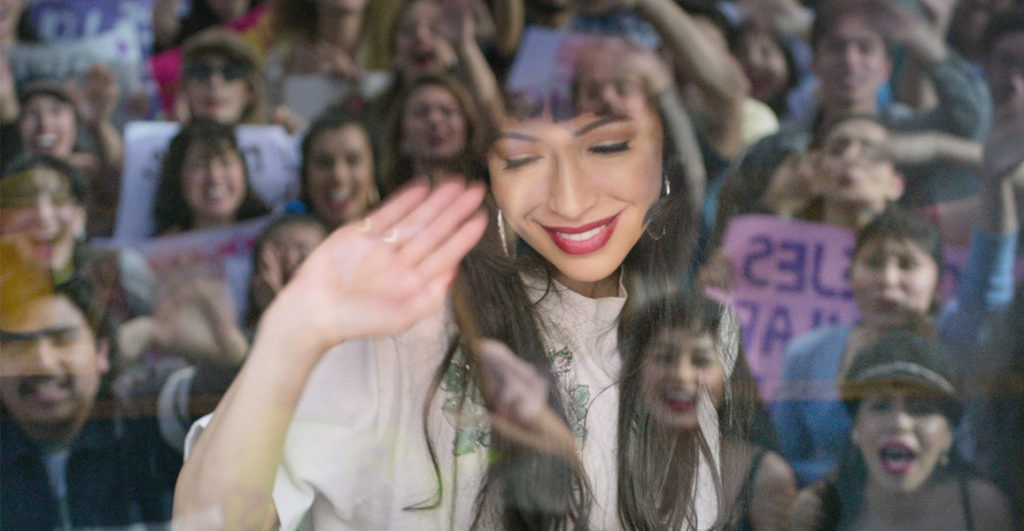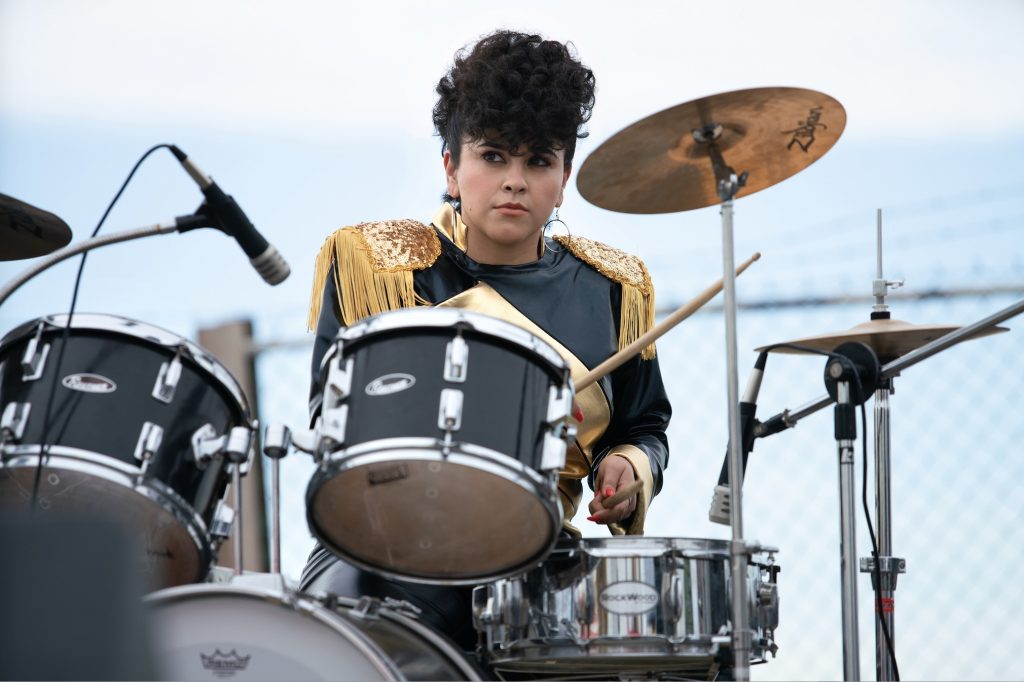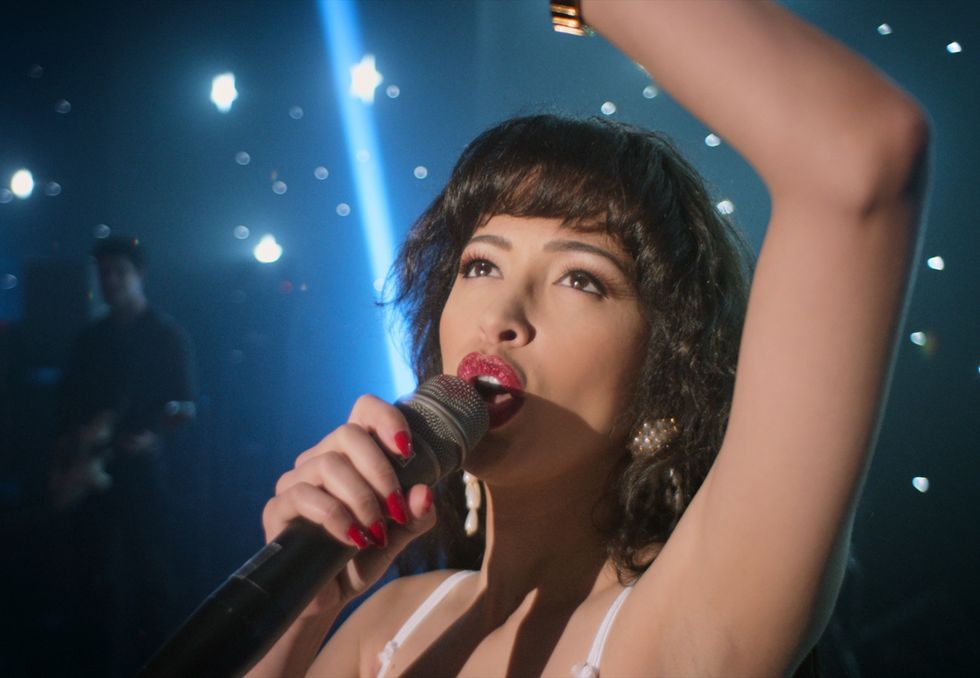The first teaser trailer seemed promising. Red lips and feathered bangs in the iconic purple jumpsuit worn by the late Tejano music icon during her last concert in 1995 at the Houston Astrodome.
The series itself, however, was not as promising.
The Netflix original, “Selena: The Series,” tells the rags to riches story of Selena Quintanilla, known as the Queen of Tejano music and one of the most successful Latin artists of all time. Despite the title and synopsis, the show treats the Mexican-American pop icon as more of a side character than the main character of her own story.
Created by Moisés Zamora and executively produced by Selena’s father (Abraham Quintanilla Jr.) and her sister (Suzette), stars “The Walking Dead” actress Christian Serratos as the iconic singer. Ricardo Chavira stars opposite as her domineering father, who robs his daughter of a normal childhood to fulfill his broken dreams of becoming a successful musician.

While the opening prologue reveals a young woman on the cusp of her career, worried that moving up means leaving her bandmates and siblings behind, there aren’t many other personal moments like this in the rest of the series. At least, not for Selena.
This was my biggest problem watching the series back in December because it felt like Selena did not have a voice. It felt worse when I remembered that her father and sister were involved. They let her sing, but they didn’t let her speak for herself.
In a Twitter thread from Maria Garcia, who spent the last year examining the life and legacy of Selena for the podcast Anything for Selena, she explains why devoted fans are disappointed with the series.
She points out that this sense of protectiveness over Selena’s image rarely has to do with her legacy. Rather, it deals with the fact that she became a symbol for Latinos in the United States during a time when the Latino population was viewed negatively, specifically in 1995 (the year of her death).
Selena continues to remain a symbol remembered for her lively personality, her laugh, her confidence and humbleness. I felt none of this in the series. If anything, it felt like watching a ghost of Selena’s actual character. It also hurt to know that there was potential.
In a heartwarming scene, Suzette feels her contribution to the band as the drummer isn’t important until she’s stopped by a young fan after a concert in Mexico and tells her she wanted to become a female drummer just like her. Suzette gives away her drumsticks and walks away with newfound confidence. I adored this scene and wished Selena had moments like this as well, especially since she’s supposed to be the main star of this show.

In a more cringeworthy scene, Selena’s voice starts to deteriorate after countless nights on tour and her family can’t seem to stop using the word ‘ronca’ (which means hoarse). At first, it was cute but it quickly became excessive to the point where you could take a shot every time someone used that word to describe her voice.
All things considered, the series isn’t terrible. It is watchable and I’d recommend fans of the late Tejano pop star to give it a chance but understand this first season feels like it should have been called “Abraham and A.B. Quintanilla: The Series,” rather than “Selena: The Series.”
“Selena: The Series” is available to stream on Netflix.
































